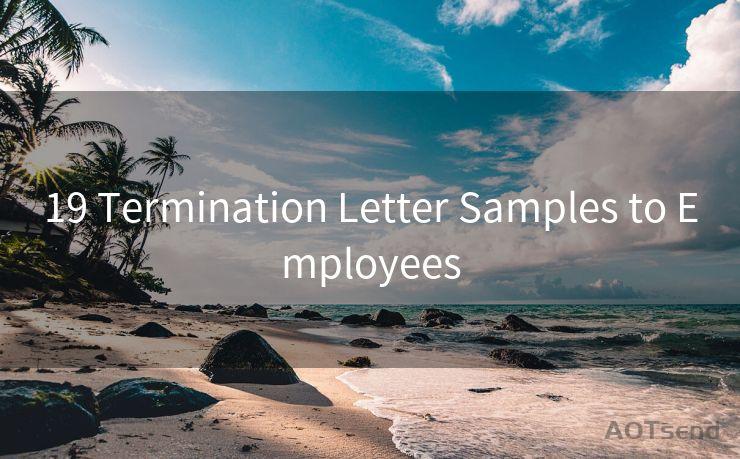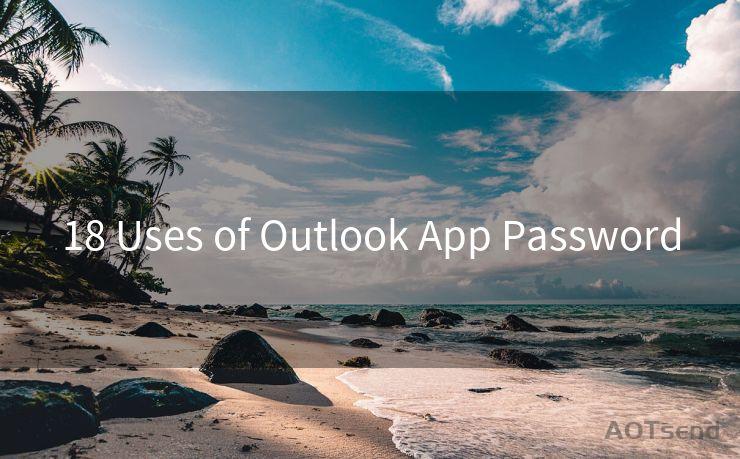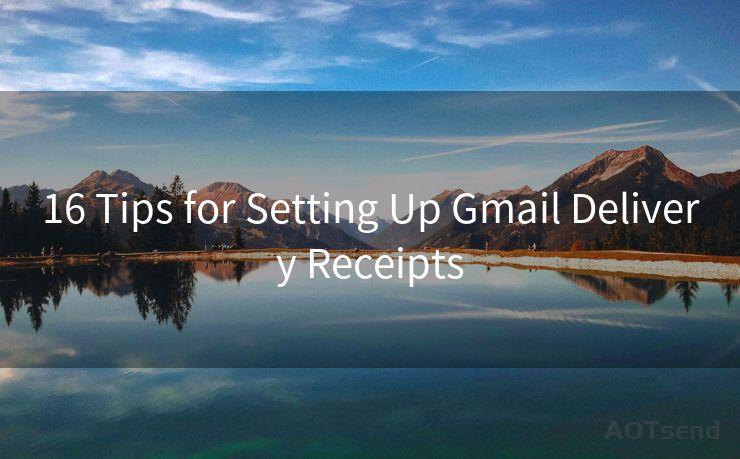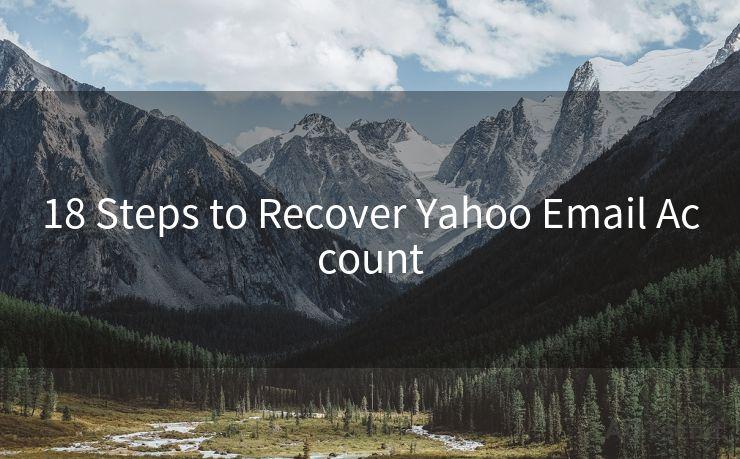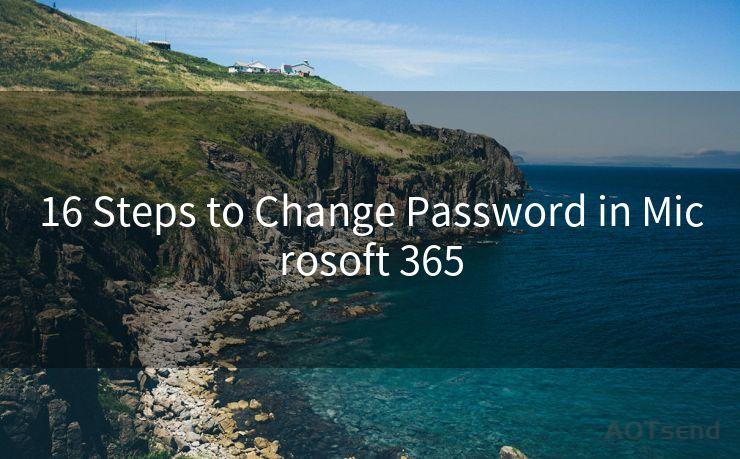7 Best Practices for Sending New Confirmation Emails
Hello everyone, I’m Kent, the website admin. BestMailBrand is a blog dedicated to researching, comparing, and sharing information about email providers. Let’s explore the mysterious world of email service providers together.




When it comes to online businesses or services, confirmation emails play a crucial role in enhancing customer experience and building trust. These emails not only confirm the receipt of an order, booking, or subscription but also serve as a valuable touchpoint between the brand and the customer. Here are seven best practices for sending confirmation emails that will help you optimize your communication and improve customer satisfaction.
1. Clear and Concise Subject Line

The subject line is the first thing your recipient sees, so it's essential to make it clear and concise. Use action-oriented language that accurately reflects the content of the email, such as "Your Order Confirmation" or "Subscription Confirmed". This helps the recipient understand the purpose of the email instantly.
2. Personalization
Personalization is key to making your confirmation emails more engaging. Use the recipient's name in the greeting and refer to their specific order or subscription details in the body of the email. This adds a personal touch and assures the customer that their transaction has been processed correctly.
3. Essential Order Details
Include all the essential order details in the confirmation email, such as order number, product details, quantity, price, and expected delivery date. This information provides clarity and reassurance to the customer about their purchase.
4. Call to Action
Include a clear call to action (CTA) in your confirmation email. This could be a link to track the order, contact customer support, or leave a review. Make sure the CTA is prominent and easy to find.
5. Contact Information
Provide easy-to-find contact information in case the customer has any questions or concerns. Include a phone number, email address, or a link to your customer support page. This accessibility builds trust and enhances the customer experience.
6. Design and Layout
The design and layout of your confirmation email should be clean, professional, and mobile-friendly. Use a responsive template that ensures readability on all devices. Keep the content well-structured and use bullet points, tables, or lists to present information clearly.
7. Follow-Up and Engagement
Don't just stop at the confirmation email. Use it as an opportunity to engage further with your customers. Include links to your social media profiles, invite them to join your loyalty program, or offer them exclusive deals on future purchases.
By following these seven best practices for sending confirmation emails, you can enhance your customer communication, build trust, and foster long-term relationships. Remember, every interaction with your brand is an opportunity to delight your customers and keep them coming back for more.




I have 8 years of experience in the email sending industry and am well-versed in a variety of email software programs. Thank you for reading my website. Please feel free to contact me for any business inquiries.
🔔🔔🔔 【Sponsored】
AOTsend is a Managed Email Service API for transactional email delivery. 99% Delivery, 98% Inbox Rate.
Start for Free. Get Your Free Quotas. Pay As You Go. $0.28 per 1000 Emails.
You might be interested in:
Why did we start the AOTsend project, Brand Story?
What is a Managed Email API, How it Works?
Best 24+ Email Marketing Service (Price, Pros&Cons Comparison)
Best 25+ Email Marketing Platforms (Authority,Keywords&Traffic Comparison)
Scan the QR code to access on your mobile device.
Copyright notice: This article is published by AotSend. Reproduction requires attribution.
Article Link:https://www.bestmailbrand.com/post4294.html


